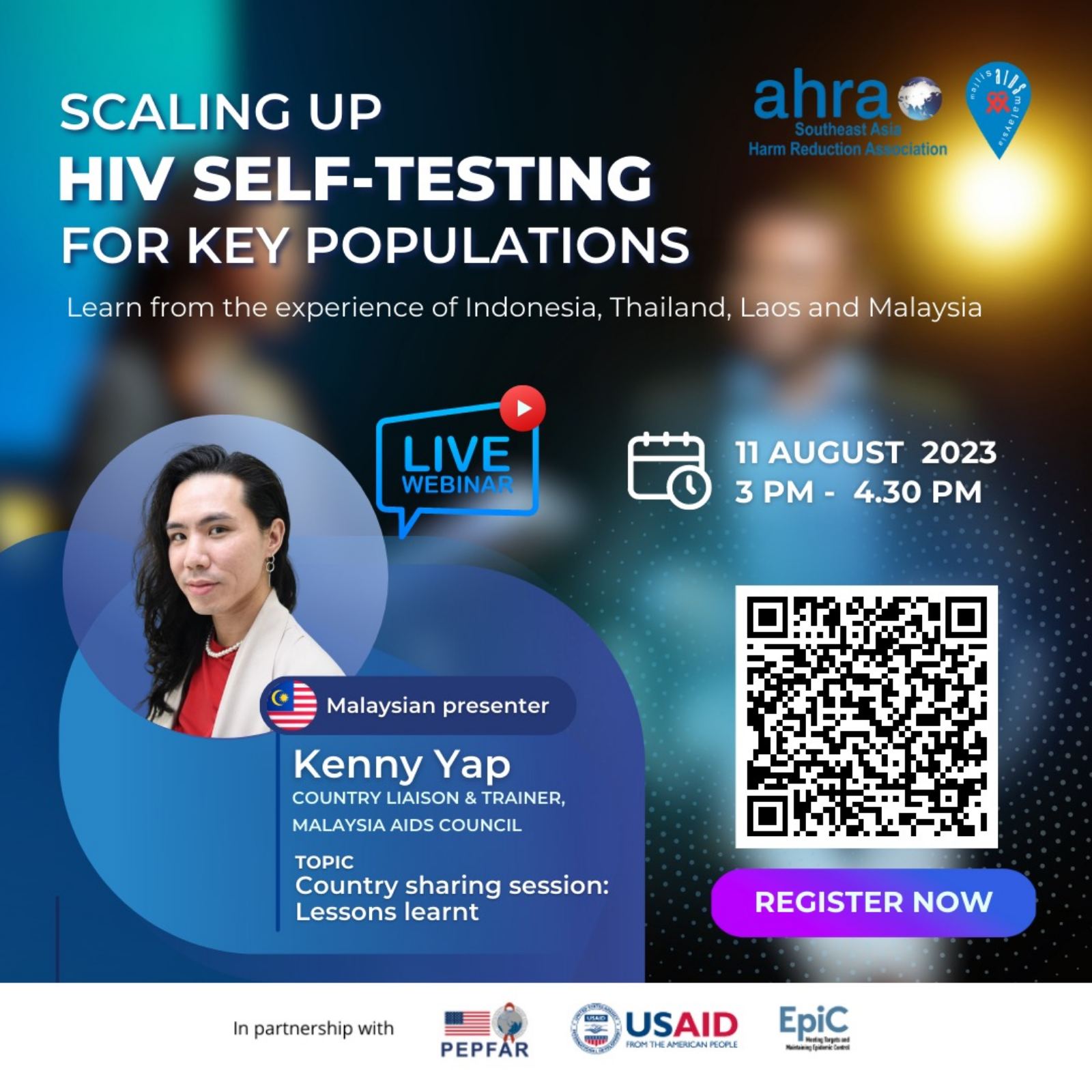Condom distribution programs (CDPs) are crucial and cost-effective in preventing HIV transmission. By providing easy access to condoms, CDPs promote safe sexual practices and reduce the risk of HIV and other STIs. They are particularly important for high-risk populations like sex workers, men who have sex with men, and people who inject drugs. CDPs have been effective in reducing HIV incidence rates when combined with comprehensive prevention strategies. These programs not only protect individuals but also contribute to public health by reducing healthcare costs and the burden of HIV. In conclusion, CDPs ensure widespread condom availability, empower individuals to prevent HIV, and play a cost-effective role in safeguarding public health.
